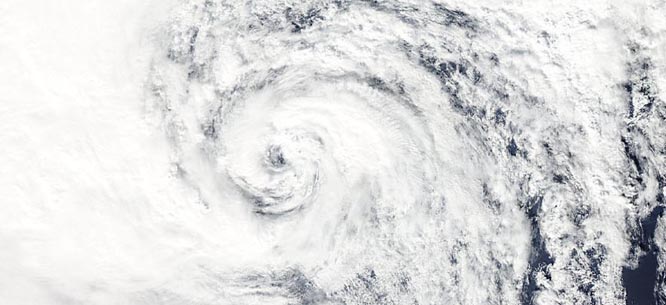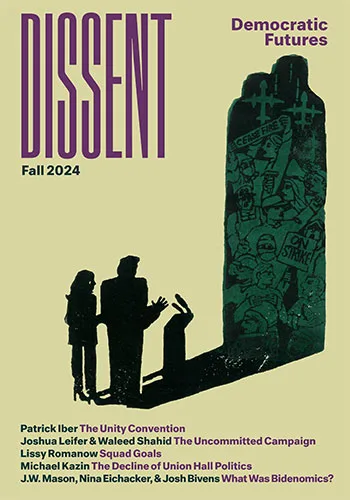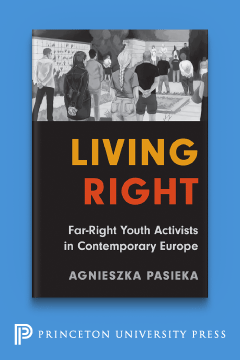Frankenstorms
Frankenstorms
Intense tropical cyclones would presumably have formed in the absence of the current warming of the oceans by the greenhouse effect. Maybe Sandy would have been one of those. But the fact is that Sandy is not one of those.

When someone at the National Oceanic and Atmospheric Association last week referred to the confluence of Hurricane Sandy with a polar trough just before Halloween as “Frankenstorm,” it may have been largely due the storm’s intensity and timing. But “Frankenstorm” produces another association. This monster, like the one in Mary Shelley’s novel, may have been human created.
The Intergovernmental Panel on Climate Change (IPCC), summarizing data gained from countless observations, has reported that over the hundred-year period from 1906 to 2005, the average global surface temperature increased 0.74°C. Although the oceans have warmed less quickly than land areas, they have been taking in over 80 percent of the heat being added to the climate system. Warm ocean waters are the energy supply for cyclones. This is why such storms lose force when they run aground. And according to the IPCC, “There is observational evidence of an increase in intense tropical cyclone activity in the North Atlantic since about 1970.”
Has the warming of the oceans caused more intense tropical storms? Are greenhouse gas emissions the creator of a Frankenstorm? Oceanic warming is consistent with intense tropical storms, but it is not possible to run the kind of test needed to infer causation in any particular case with a sufficient degree of certainty. John Stuart Mill described a “method of difference” to determine if a certain factor caused an event. Remove the factor, keeping the other factors in place, and see if that leads to an alternative outcome. But we cannot re-run history over the last 150 years and take CO2 emissions out to make the comparison with today. And even if we could, many other things would be very different without a coal-powered industrial revolution.
Intense tropical cyclones would presumably have formed in the absence of the current warming of the oceans by the greenhouse effect. Maybe Sandy would have been one of those. But the fact is that Sandy is not one of those, but one that formed after the ocean had warmed due to human activity. And Sandy follows a summer of record heat waves and droughts in the United States and polar ice retreating to its lowest ever recorded level.
It is worth reminding ourselves of Victor Frankenstein’s response to the terror that he unleashed. His life was ruined by regret. And why not? The monster that he created was directly or indirectly responsible for multiple deaths. Of course, these deaths are bad no matter how they came about, but to see one’s own hand in them is horrific. Frankenstein was driven to do something about the monster—if not to protect others, at least to have revenge.
The possibility that the damage Sandy has caused, and that any future tropical cyclone causes, could be the result of human doings should be an occasion for regret on the part of our political leaders, regret for their failure to bring about an international climate change treaty that makes any contribution to stabilizing the concentration of greenhouse gases in the atmosphere. The mere possibility that the damage this storm has wrought could be caused by our emissions should be enough to spur our political leaders to act.
Even if this one is not a real Frankenstorm, there is little doubt that such storms are forecasted. Were we to stabilize greenhouse gases in the atmosphere today, the thermal inertia of oceans would result in warming for centuries to come. The monster is on the loose. It is a mark of Victor Frankenstein’s humanity that he was profoundly disturbed after the suffering caused by his monster. Will we see any such humanity in our political leaders after Sandy is gone?





